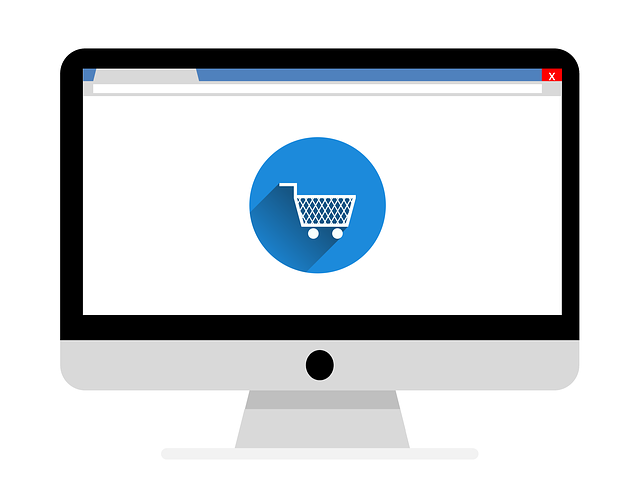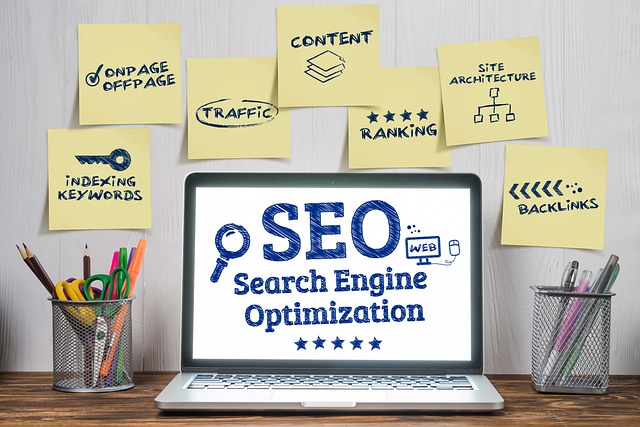Building an effective ecommerce search engine chatbot requires a blend of conversational AI and e-commerce expertise. Using NLP for semantic comprehension, integrating with databases, and ensuring seamless interactions are key components. A successful chatbot learns from user interactions to provide personalized suggestions and assistance, refining its search capabilities continuously. The right technology like Dialogflow, IBM Watson, or Rasa is crucial for performance, scalability, and cost-effectiveness. Training the chatbot with extensive data and using Machine Learning ensures continuous improvement. Seamless integration with the e-commerce platform enhances user experience by providing access to product data, inventory, and customer profiles. Rigorous testing and analytics-driven optimization ensure the chatbot adapts to evolving customer needs.
Building a chatbot for e-commerce can significantly enhance customer engagement and sales. This guide walks you through creating an effective chatbot tailored to your online store’s unique needs. We’ll explore understanding the intricacies of e-commerce search engines, designing intuitive functionality, selecting the right technology, training with data, seamless integration, rigorous testing, and continuous improvement for optimal performance. By following these steps, you can create a powerful tool that revolutionizes customer interactions.
- Understanding Ecommerce Search Engine Requirements
- Designing Chatbot Functionality for Enhanced User Experience
- Choosing the Right Technology and Development Tools
- Training and Refining the Chatbot with Data
- Integration, Testing, and Continuous Improvement
Understanding Ecommerce Search Engine Requirements

Building a chatbot for e-commerce requires understanding the unique needs and functionalities of an ecommerce search engine. Unlike general conversational bots, these assistants need to be adept at interpreting user queries, navigating complex product catalogs, and delivering relevant results swiftly. An effective chatbot must grasp nuances in language, including misspellings, synonyms, and user intent, to provide accurate suggestions.
Key considerations include implementing advanced natural language processing (NLP) algorithms for semantic understanding, integrating with the existing e-commerce platform’s database to access product information, and ensuring seamless interaction across multiple touchpoints. The chatbot should be designed to learn from user interactions, continuously refining its search capabilities to deliver a more personalized and satisfying shopping experience.
Designing Chatbot Functionality for Enhanced User Experience

Designing a chatbot for an ecommerce platform is about creating an intuitive and seamless user experience. The chatbot should be able to understand and anticipate customer needs, from product recommendations to order tracking and returns assistance. Incorporating natural language processing (NLP) allows the chatbot to interpret user queries accurately, enabling it to deliver relevant responses. By leveraging machine learning algorithms, the chatbot can learn from customer interactions and continuously improve its suggestions and problem-solving abilities.
A well-designed ecommerce chatbot should integrate smoothly with existing systems, such as inventory management and order processing platforms. This ensures that real-time data is accessible, allowing the chatbot to provide up-to-date information on product availability, pricing, and shipping status. Moreover, a user-friendly interface with clear call-to-actions (CTAs) enhances engagement, encouraging customers to interact naturally and effectively with the chatbot, thus improving their overall shopping journey.
Choosing the Right Technology and Development Tools

When building a chatbot for e-commerce, selecting the appropriate technology and development tools is a pivotal step that directly impacts performance, functionality, and user experience. The choice should align with your business goals, target audience, and the complexity of interactions you anticipate. For instance, platforms like Dialogflow or IBM Watson offer robust natural language processing capabilities, making them ideal for handling diverse customer inquiries, from product recommendations to order tracking. These tools integrate seamlessly with various e-commerce platforms and APIs, simplifying development and ensuring a smooth user journey.
Consider your long-term scalability needs as well. Open-source frameworks like Rasa provide flexibility and customization options, allowing for the creation of highly specialized chatbots tailored to unique business requirements. Additionally, these frameworks offer cost-effectiveness, which is particularly beneficial for startups or smaller businesses aiming to enter the e-commerce space with a lean budget. Effective integration with your existing e-commerce search engine will enable intelligent, context-aware interactions that enhance customer engagement and drive conversions.
Training and Refining the Chatbot with Data

Training and refining a chatbot for e-commerce is crucial to its success. The initial step involves feeding the chatbot with vast amounts of data relevant to your online store, including product descriptions, customer inquiries, and common search queries. This process enables the chatbot to learn and understand user language patterns and context, ensuring accurate responses. By utilizing machine learning algorithms, the chatbot can continuously improve its performance over time.
Regular updates and fine-tuning based on user interactions are essential. Analyze customer conversations, identify areas of improvement, and update the chatbot’s knowledge base accordingly. This iterative process allows the chatbot to adapt to evolving customer needs and preferences, enhancing its ability to provide personalized assistance in your e-commerce search engine.
Integration, Testing, and Continuous Improvement

After developing your chatbot, seamless integration with your e-commerce platform is crucial for a smooth user experience. This involves configuring the chatbot to access essential data like product information, inventory levels, and customer profiles within your existing infrastructure. A well-integrated chatbot can provide accurate, up-to-date responses to customer inquiries, enhancing their shopping journey.
Testing is an iterative process that ensures your chatbot functions optimally across various scenarios. Utilize a combination of automated tests for common queries and manual testing for edge cases involving complex product comparisons or unique customer preferences. By subjecting the chatbot to rigorous testing, you can identify and rectify issues before deploying it live, thereby enhancing its performance and reliability. Continuous improvement is also key; monitor chatbot interactions using analytics tools to understand user behavior and refine responses accordingly. This ongoing optimization ensures your chatbot adapts to evolving customer needs and remains a valuable addition to your e-commerce search engine ecosystem.
Building a chatbot for e-commerce is a strategic move to enhance customer engagement and satisfaction. By understanding the unique requirements of an ecommerce search engine and designing intuitive chatbot functionality, businesses can offer personalized shopping experiences. Selecting the appropriate technology and development tools, coupled with rigorous training and data refinement, ensures a robust chatbot that delivers accurate results. Continuous integration, testing, and improvement processes are vital to keeping the chatbot up-to-date with market trends and user needs, making it an invaluable asset for any online retail venture.
